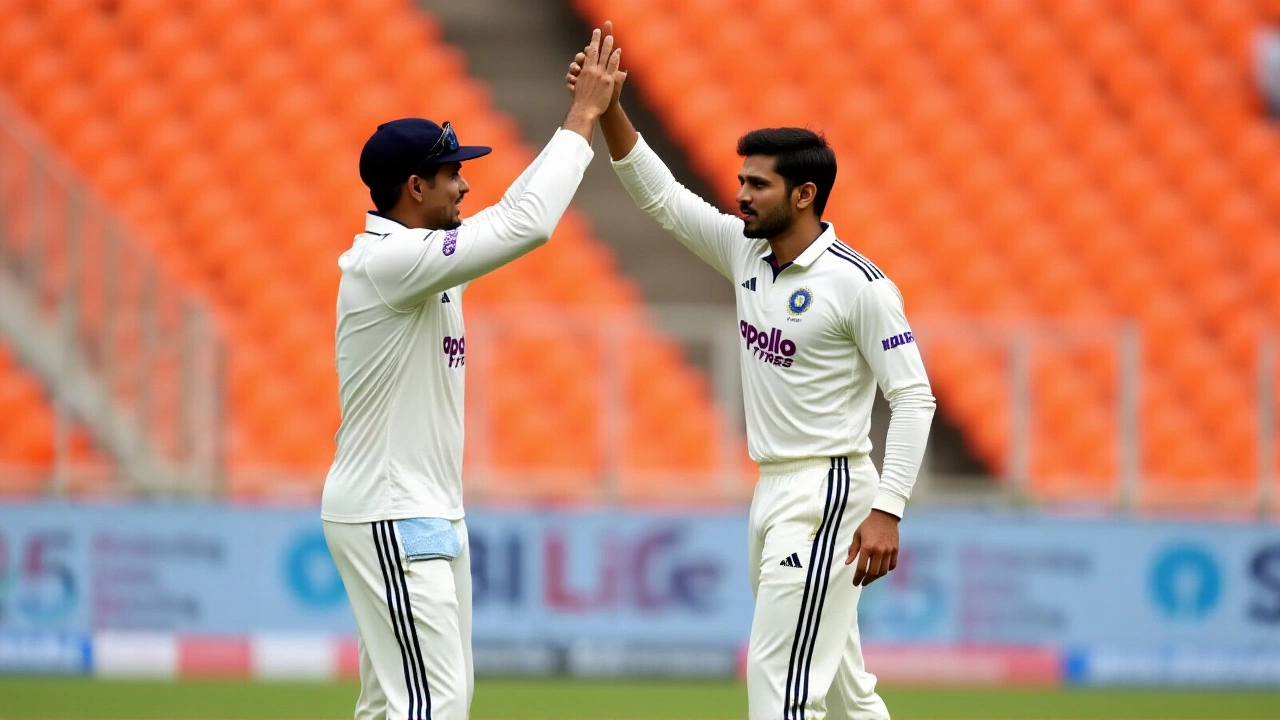Test Cricket: The Ultimate Guide to the Longest Format
When talking about Test cricket, the five‑day contest that tests skill, stamina, and strategy in the sport of cricket. Also known as long‑form cricket, it pushes players to adapt to changing conditions over multiple days. Test cricket isn’t just a game; it’s a marathon that blends technique with mental toughness. In simple terms, a Test match is a series of four innings where each side gets two chances to bat and bowl. This structure creates a natural ebb and flow, giving fans drama that can stretch from a single day to a full week.
The rules and scheduling are overseen by the International Cricket Council, the global governing body for cricket. The ICC sets the standards for what qualifies as a Test nation, how points are awarded in the World Test Championship, and which venues meet the rigorous criteria for five‑day play. Because the ICC governs the format, any changes to the length of matches or the number of overs per day flow directly from its decisions. This connection means that when the council tweaks the playing conditions, you’ll see an immediate impact on how teams approach each "innings".
Key Elements of Test Cricket
The heart of every match lies in the innings, a phase where one team bats while the other fields. An innings can end in three ways: all ten wickets fall, the batting side declares, or the allotted time runs out. Because a Test features up to four innings, teams must balance aggression with caution. The way they manage the batting, the art of scoring runs while protecting the wicket can swing momentum dramatically. Strong opening partnerships set a platform, while middle‑order resilience protects against early collapses. Conversely, a series of quick wickets can force a team to declare early, hoping to bowl out the opposition.
Equally vital is bowling, the discipline of delivering the ball to dismiss batters. Bowlers must adjust to pitch wear, weather, and the stamina of the batting side. A well‑timed spell can break a partnership and shift the tide of an innings. Because Test cricket spans several days, teams often rotate their pacers and rely on spinners as the surface deteriorates. This strategic rotation, guided by the ICC’s regulations on over limits, creates a chess‑like battle where each move influences the next day's play.
All these pieces—governance by the ICC, the structure of innings, batting tactics, and bowling rotations—interlock to form the unique tapestry of Test cricket. Below you’ll find articles that unpack historic matches, break down technique, and examine how recent rule changes are reshaping the game. Dive in to see how each element plays out on the field and why the five‑day format remains the ultimate test of cricketing skill.
India declare 518/5, West Indies trail by 378 at Delhi Test
India declared at 518/5, leaving West Indies 140/4 and 378 runs behind at Delhi's Arun Jaitley Stadium. Gill's 154 and spin bowling swing the series in India's favor.
Read more